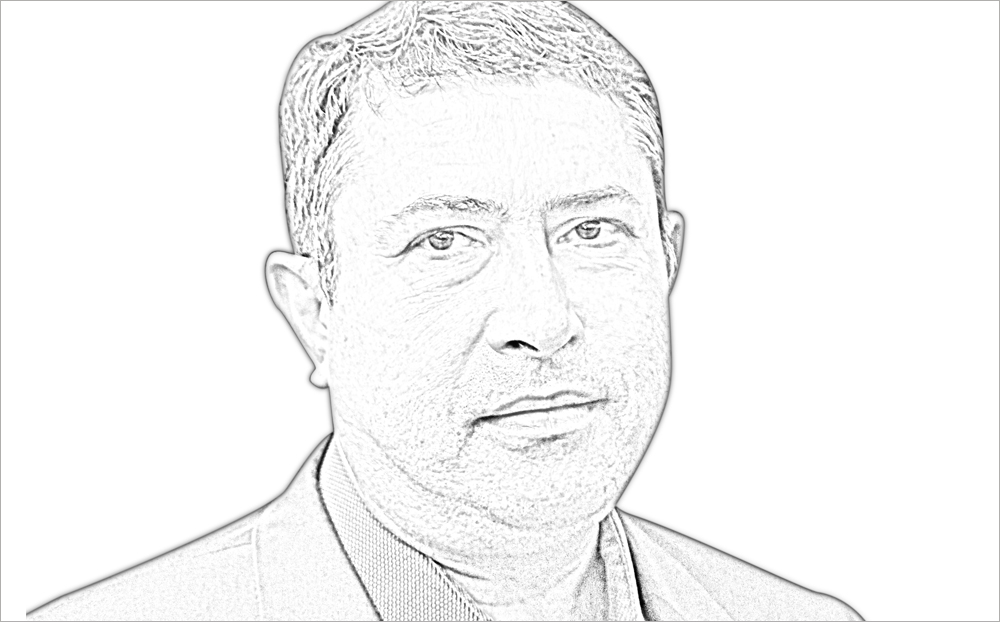As we enter the last quarter of this year, it appears that regional business may finally be on the rebound. Vaccination has worked and cases are on a decline. Social distancing and various protocols are being eased and governments are keen for an economic rebound. Private and public partnerships now need to work together for a revival.
Was the pandemic all gloom and doom? It provided an immense amount of learning for executives in the technology solution business as well as business executives who used innovation to pull their enterprises through the challenging pandemic.
In the cyber security industry, end users confronted the challenges of remote working and hugely accelerated activity by threat actors. Additional Internet usage and activity put regional and local networks under strain and tested availability and resilience.
Despite the turbulence witnessed in recent times, positive outcomes have transpired following the outbreak. The pandemic facilitated a revised security approach, one that included secure remote access and connectivity strategies. From an EITC du standpoint, the zero-trust concept introduced was a major paradigm shift.
EITC’s Saleem AlBlooshi, points out that network reliance reached its highest ever point in 12 months. EITC du broadened the scope of its IT investments, accelerating in zero-trust, secure access service edge, identity governance, and data security controls, to manage the challenges of the pandemic and preparations for the rebound.
As the digital landscape continues to evolve and expand, so do windows of opportunity for hackers and the likelihood of cybersecurity breaches. The question arises as to whether threat actors will be more successful in usage of new technologies like AI and ML or whether CISOs will be able to do a better job in protection.
Says Acronis’ Mareva Koulamallah, using AI for behavioral malware is a powerful defense. Using behavioral anti-malware with artificial intelligence has emerged as an important defense against hackers and support for CISOs.
Companies should focus on training their workforce with the latest tools and decision makers need to be comfortable using data processing tools. Everyone in an organisation is a potential threat and should be kept informed of risks and how to avoid them.
Most of the email-borne threats come from unpatched systems and software which allow for targeted malware attacks. An integrated cyber-protection software allows the disruption of attacks at various stages depending on the type of attack at play.
Gartner’s Rajpreet Kaur, recommends to position the enterprise for a secure future by choosing technologies that offer high levels of integration, automation, and orchestration capabilities.
Security and risk management leaders must develop a culture of cyber judgment and align this culture with evolving talent needs. CISOs must prioritise customers and market-facing executives including the CFO, CMO, CEO. Security and risk management leaders needs to reframe their security and risk management plans to keep ahead of the challenges.
In short, the learning is many and so are future opportunities.


























